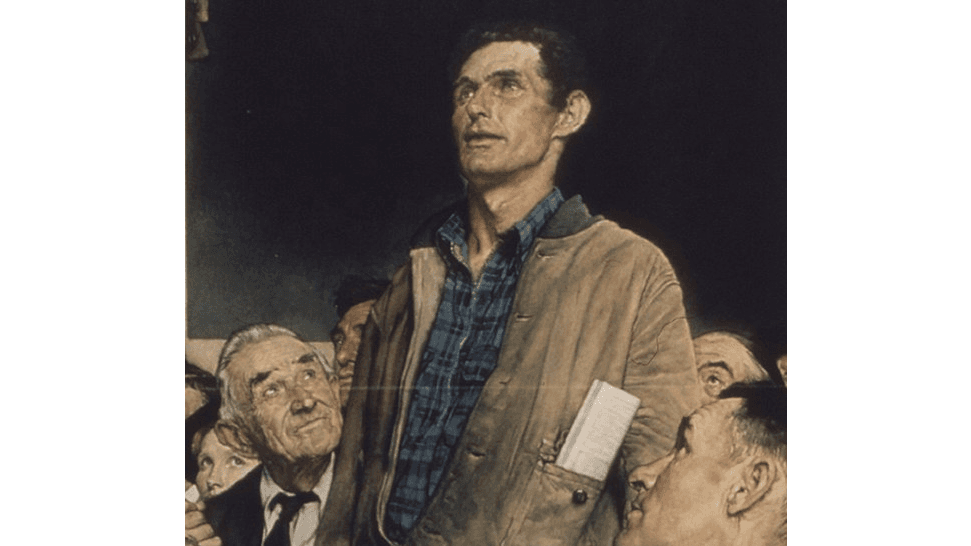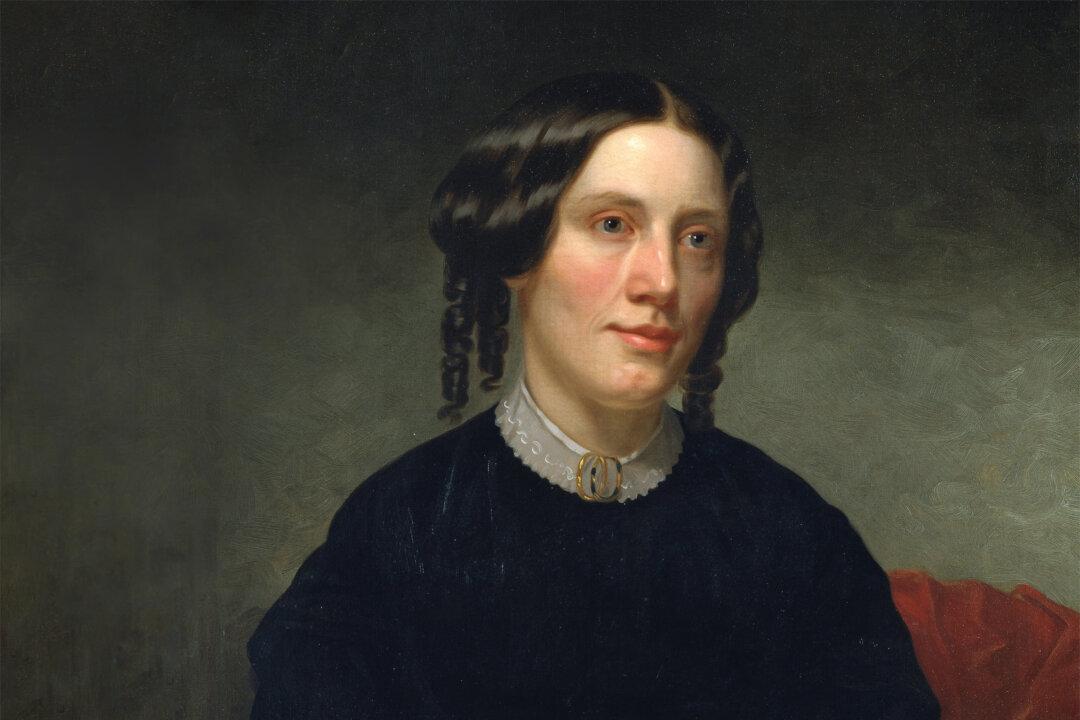In the winter and spring of 1942, America and her allies were taking some hard punches.
The Germans had renewed their offenses in North Africa and the Soviet Union, and their submarine warfare in the North Atlantic inflicted catastrophic losses on convoys sailing from the United States to Europe and Russia. On the other side of the world, the military forces of the Japanese Empire swept across the Pacific, seizing Singapore—arguably the worst defeat in the history of the British military—besieging and then conquering the Philippines, and threatening to invade Australia.






